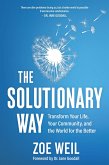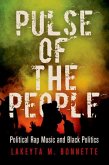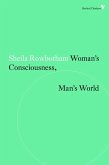What drives some to violence against the state while others, living in the same place at the same time, turn to nonviolent resistance? And in this age of Islamist terrorism and Islamophobia, does the practice of Islam encourage violence? Structural explanations of violence fail to answer these questions. In Whether to Kill, Stephanie Dornschneider applies the methodology of cognitive mapping to study the beliefs that motivate individuals to take up arms or engage in nonviolent activism. Using a double-paired comparison with control groups, Dornschneider conducted extensive ethnographic interviews with violent and nonviolent Muslims and non-Muslims in both Egypt and Germany, speaking with them about their lives and contexts and what drove them to resist the state. After coding their responses into cognitive maps, which make visible the connections between an individual's beliefs and decisions for behavior, Dornschneider used a computer model to analyze the huge number of possible factors driving people to choose or not choose violence, eventually identifying ten reasoning processes by which violent individuals can be differentiated from nonviolent ones. Whether to Kill takes a new approach to understanding terrorism. Through first-person accounts of those involved in both violent and nonviolent action against the state-from members of groups as diverse as the Muslim Brotherhood, al-Jihad, the Socialist German Student Union, and the Red Army Faction-then analyzing that data via cognitive mapping, Stephanie Dornschneider has opened up new perspectives on what drives people to-or away from-the use of political violence.
Dieser Download kann aus rechtlichen Gründen nur mit Rechnungsadresse in A, D ausgeliefert werden.









